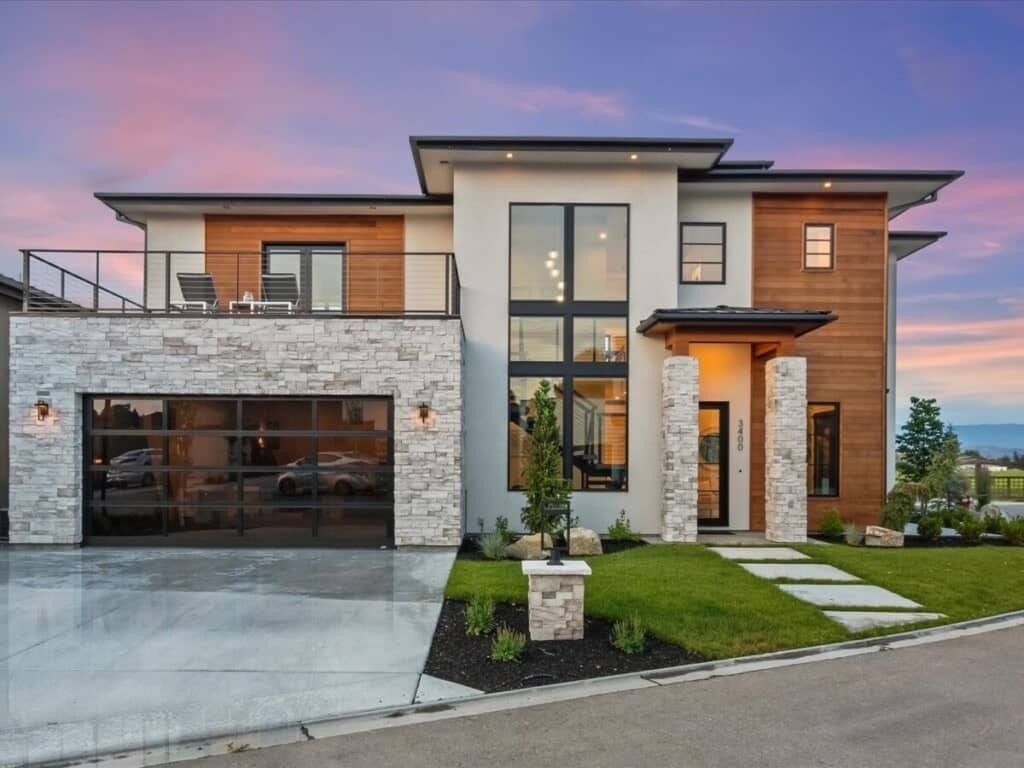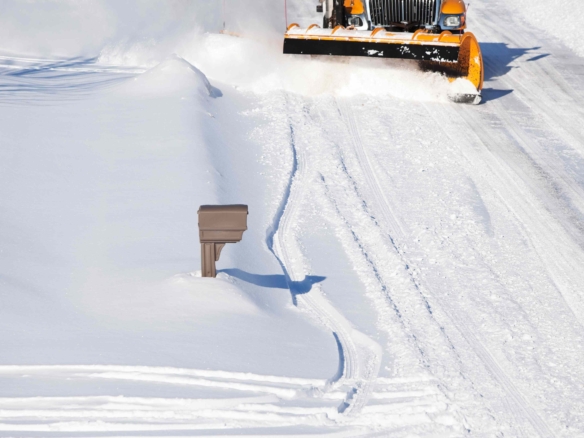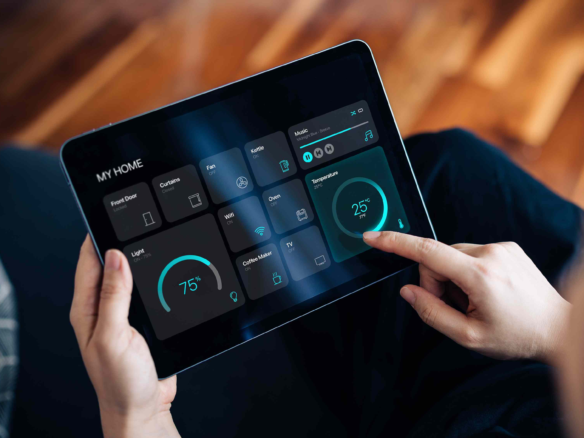
Buying a home is rarely just about the purchase price. Behind the scenes, dozens of smaller numbers (think loan fees, taxes, insurance, and escrow deposits) add up to one of the most important figures in the transaction: your cash to close.
It’s the lump sum you’ll need to bring to the closing table to finalize your home purchase. Many buyers assume it’s the same as the down payment, but it’s actually a much larger equation that captures every expense, credit, and adjustment in your transaction.
Understanding what goes into your cash to close – how it’s calculated, what affects it, and how to plan for it – can mean the difference between a smooth, stress-free closing and a last-minute scramble.
Cash to close meaning
Your cash to close is the total amount of money you’ll need to pay at closing to finalize your home purchase. It’s your total out-of-pocket cost after factoring in every charge, credit, and adjustment tied to your loan and the property itself.
It’s not just your down payment. It also includes lender and title fees, prepaid expenses like property taxes and homeowners’ insurance, and any escrow deposits required to set up your mortgage account. Credits you’ve already paid, such as earnest money, inspection, or appraisal fees, are subtracted from this total.
You’ll find the exact number on your Closing Disclosure in the section labeled “Calculating Cash to Close.” The disclosure gives you a line-by-line breakdown of how the figure was reached and how it differs from the estimate you received at the start of the loan process.
Cash to close vs. closing costs
“Cash to close” and “closing costs” are two terms you’ll hear often during the homebuying process, and while they’re often used interchangeably, they don’t mean the same thing.
Closing costs are the fees you pay to finalize your mortgage and legally transfer the property into your name. These are the costs of completing the transaction – things like your lender’s underwriting and origination fees, the appraisal, title insurance, escrow services, and government recording charges. In most markets, closing costs add up to about 2% to 5% of the home’s purchase price.
Cash to close, on the other hand, is the total amount you’ll need to bring to the closing table. It includes your down payment, all of your closing costs, and any prepaid expenses, plus any funds required to set up your escrow account. From that total, you’ll subtract any credits or deposits you’ve already paid, such as your earnest money or any seller or lender credits.
You can think of it this way: closing costs are just one part of your cash to close. Your down payment and prepaids add to it, while credits and deposits reduce it.
What’s included in your cash to close?
Your cash to close is made up of several parts. Some are one-time transaction fees, while others are advance payments or deposits collected to cover future expenses. Understanding each part helps you see where your money is going and where you might be able to save.
1. Down payment
Your down payment is the amount you pay upfront toward the home’s purchase price, with the rest covered by your mortgage. It’s usually the largest part of your total cash to close, but the amount varies depending on your loan type. Conventional loans often require anywhere from 3% to 20% down, while some government-backed programs, like VA or USDA loans, allow eligible buyers to purchase a home with no down payment at all.
2. Closing costs
These are the one-time fees required to process and complete your home purchase. While costs can differ by lender, loan type, and the state you’re buying in, some of the most common closing costs for buyers include:
- Loan origination fee: Charged by your lender for processing and underwriting your mortgage.
- Appraisal fee: Covers the cost of a professional appraisal to confirm the home’s market value.
- Credit report fee: A small fee to pull your credit report during loan approval.
- Title search and title insurance: Protects both you and your lender from potential ownership disputes or undisclosed liens on the property.
- Escrow or settlement fee: Paid to the escrow or title company handling the funds and paperwork for your closing.
- Recording fees: Charged by your local government to officially record your deed and mortgage documents.
- Transfer taxes: State, county, or city taxes applied when the property changes ownership.
- Attorney fees (where required): In some states, attorneys must review or prepare closing documents.
- Homeowners association (HOA) fees: If applicable, covers prorated dues or initiation fees for homes within an HOA.
While every transaction is different, these costs typically total between 2% and 5% of the home’s purchase price. Your lender will outline your specific estimates early in the process in a document called the Loan Estimate, and your final amounts will appear in the Closing Disclosure.
3. Prepaid expenses
Prepaids are costs collected upfront for ongoing homeownership expenses. These payments make sure certain bills are current when you move in and that your lender has what it needs to keep your account in good standing. They usually include:
- Property taxes: Depending on the time of year you close, you may need to prepay a portion of your property taxes so that your lender can fund your next tax bill.
- First year of homeowners insurance: Lenders usually require you to pay the first year’s insurance premium in full at closing. This ensures your property is protected from day one.
- “Per diem” mortgage interest: Mortgage interest starts accruing the day you close, but your first regular payment usually isn’t due until the following month. Prepaid interest covers that gap (from your closing date to the end of the month) so that you start your mortgage on schedule.
4. Initial escrow deposits
If your loan includes an escrow account, your lender will collect additional funds at closing to establish that account. These funds are set aside to cover future bills such as property taxes and homeowners insurance.
The money isn’t spent right away – it’s held in your escrow account as a reserve. Each month, part of your mortgage payment adds to the balance. When your next tax bill or insurance renewal is due, your lender uses the escrow funds to pay them on your behalf.
For example, if you close in April but your next property tax payment is due in July, your lender may collect three months of escrow deposits at closing. These funds remain yours – they’re simply held in trust by your servicer to pay taxes and insurance on your behalf.
5. Credits and deposits
Finally, your cash to close is reduced by any money already applied to your purchase. This includes your earnest money deposit, any appraisal or inspection fees you’ve paid out of pocket, and any seller credits or lender rebates negotiated during the process. These credits are subtracted directly from your total cash to close, lowering what you need to bring to closing day.
How to calculate your total cash to close amount
Your total cash to close is the amount you’ll need to finalize your home purchase. The easiest way to think about it is as a simple equation:
Cash to Close = Down payment + Closing costs + Prepaid expenses + Initial escrow deposits – Credits and deposits
If you’re still early in the process, you can estimate this using a rough percentage of your home’s purchase price:
- Down payment: 3%–20% of the price (depending on loan type)
- Closing costs: 2%–5% of the price
- Prepaids and escrows: roughly 1%–3%
For example, if you’re buying a $400,000 home with 10% down:
- Down payment: $40,000
- Estimated closing costs: $10,000
Prepaids and escrow deposits: $6,000 - Credits and deposits (earnest money, lender/seller credits): –$5,000
Your total estimated cash to close would be about $51,000.
How loan types shape the cash to close needed
The type of loan you choose can significantly impact how much cash you’ll need to close. Each program has its own rules for down payments, fees, and credits.
- Conventional loans: Typically require 3%-20% down. Private mortgage insurance (PMI) applies if you put less than 20% down.
- FHA loans: Require a minimum 3.5% down payment and include an upfront mortgage insurance premium (UFMIP). That fee is usually financed into the loan rather than paid in cash.
- VA loans: Available to eligible veterans and service members, often with 0% down. A one-time funding fee applies, but it can be rolled into the loan.
- USDA loans: For qualifying rural areas, also allow 0% down. A small guarantee fee may apply and is usually financed.
- Jumbo loans: Designed for higher-priced homes, often requiring 10%-20% down and additional cash reserves.
These differences explain why two buyers purchasing homes for the same price might have very different cash-to-close amounts.
Why your cash to close can change
Your lender gives you an initial Loan Estimate early in the process, but the final number on your Closing Disclosure may be slightly different. That’s normal, and it usually comes down to timing and final adjustments.
Here are the most common reasons the number changes:
- Your closing date moved: The later in the month you close, the fewer days of prepaid interest you’ll owe.
- Property taxes or insurance changed: Updated tax or insurance quotes can affect your prepaids or escrow deposits.
- Credits were added or adjusted: New seller credits, lender credits, or inspection credits may reduce your total.
- Recording or title fees updated: Some charges can’t be finalized until right before closing.
Since small fluctuations are common, be sure to keep extra funds available. It’s smart to have a small cushion ($500 to $1,000) in case of a last-minute adjustment.
Example:
You’re buying a $450,000 home and received a Loan Estimate showing $50,000 due at closing. A week before closing, the date shifts to the month-end, lowering your prepaid interest by $400. Meanwhile, the seller agrees to a $1,000 credit for repairs. Your new Closing Disclosure shows $48,600 due – a $1,400 difference explained by those changes.
What is negative cash to close?
Occasionally, your Closing Disclosure may show a negative cash-to-close amount. That doesn’t mean the lender owes you money – it simply means the credits and deposits applied to your purchase are greater than what you still owe at closing.
For example, if your earnest money, seller credit, and lender credit together total $20,000 but your down payment and closing costs add up to $19,000, the result is $1,000 in cash to close. In that case, you wouldn’t bring money to closing; instead, you might receive a refund of the overage or have it applied toward other costs, depending on how your lender and title company handle it.
A negative cash to close is uncommon, but it can happen in situations with substantial seller or lender credits or when you’ve already paid many expenses upfront.
How to pay your cash to close on closing day
You can’t simply show up with a checkbook or cash in hand. Most title and escrow companies require your cash to close to be paid in one of two secure ways:
- Wire transfer: This is the most common method. You’ll transfer funds directly from your bank to the title or escrow company before your appointment. Always confirm wire instructions over the phone using a verified number – never rely solely on email, as wire fraud is a growing concern in real estate.
- Cashier’s or certified check: Accepted for smaller amounts, depending on your title company’s policy. The check must be issued by your bank and made payable to the title or escrow company.
Plan to send or bring funds at least one business day before closing, and confirm with your agent or escrow officer that everything has cleared. Delays in funding can postpone your signing or final recording.
The post What Does Cash to Close Mean, and How Much Will You Need to Purchase a Home? appeared first on Redfin | Real Estate Tips for Home Buying, Selling & More.





Join The Discussion